

By: Brian Murphy, Director of Facilities Management, Hill International, Inc.
Adapting to the crisis of COVID-19 has been harder for some professions than others, though none more so than those whose professionals operate on the frontlines, such as the healthcare and facilities management (FM) sectors. The impact on daily lives of these professionals has been immediate, demanding, and, sadly, in too many cases fatal. Nevertheless, professionals in these industries continue to rise to the humanitarian challenges presented by the COVID-19 pandemic.
FM is a service that integrates people, place, and process within the built environment to improve the quality of life and safety of occupants. Not in recent history have these services been as relevant as now. In the face of the pandemic, each facility manager around the globe has had to review their changing role and responsibilities.
Recently, before the outbreak of COVID-19, FM professionals around the globe believed that the key drivers of change in FM over the next decade would include sustainability, resilience, technology, future-focused workplace strategies, and regulatory compliance—not global health crises. Following the outbreak, these drivers have been brushed aside for at least as long as the FM sector must grapple with COVID-19. The day-to-day norms of managing occupant capacity, office density, and percentage circulation areas have been traded for new life-saving priorities of work from home (WFH), low-to-zero building occupancy, social distancing, sanitizing programs, hygiene control, workplace traffic flows, common area restrictions, infrared temperature checks, hand-wash stations, low-touch-to-touchless initiatives, and increased communication. New questions have arisen from members in the FM community such as: Will employees require more space? Will open plan offices be replaced with closed offices? Will WFH become the new standard? Meanwhile, everyone has done their best to keep pace with the ever-changing information from the relevant international, national, and local health authorities to combat the spread of the virus.
Despite the fact that FM professionals are well practiced in facilitating business continuity efforts, what they are facing around the globe is unprecedented. Mitigation measures against this virus were unknown in the industry, as elsewhere. So understandably, relying on information as it is released from organizations such as World Health Organization (WHO), the U.S. Centers for Disease Control and Prevention, and local health authorities has become the daily norm. FM professionals are currently racing to build knowledge and acquire the appropriate technology to suitably protect themselves, their colleagues, their peers, and their organizations for COVID-19.
Leading professional bodies that support the FM community are also racing to grapple with the challenges specific to their profession. Reputable organizations like the American Society of Heating, Refrigerating and Air-Conditioning Engineers (ASHRAE) recently announced the creation of the ASHRAE Epidemic Task Force to help deploy ASHRAE’s technical resources to address the challenges of the coronavirus. As ASHRAE adapts to address the challenges of COVID-19, so too will its members and those in the FM community. In addition to the guidance of medical institutions and professional organizations, FM managers around the globe are turning to guidance such as SFG30 Guide to Good Practice – Mothballing and Re-commissioning of Buildings to leverage all possible resources against the health crisis.
We understand that the COVID-19 virus can be transmitted from person-to-person. Transmission can also occur by touching surfaces that have droplets from an infected person, and then touching one’s own face. Thus, understanding hygiene and cleanliness is especially important for FMs at the moment. To know the difference between cleaning, sanitizing, and disinfecting, and how poor hygiene can compromise these processes is critical. Cleaning teams have to be trained in the risks posed as they work to neutralize the effects of the virus. Additional training has to be arranged and new equipment purchased to effectively carry out the necessary sanitizing and disinfecting programs. Concern for the health and wellbeing of the employees carrying out the cleaning further complicates the roles of all involved.
Deep sanitization and sterilization programs have become the norm in the cleaning sector of FM around the world. Occupants are now asking cleaning contractors to present COVID-19 policies that show they are taking the necessary steps to limit the chances that the virus can enter the building. Specialist vendors are employed to do special “forensic-type” cleans, using alcohol-based cleaning products. The cleaning techniques now required go far beyond the soft-services standards laid out in a robust Service Level Agreement of an FM contract. This is forcing FM managers around the world to collaborate with their peers and clients to restructure their contracts to absorb the industry change. Many questions still remain. FM services for buildings may have to become more hygiene-focused well beyond COVID-19. This could mean asset design and operations aligning with hospital standards, with greater segregation between floors and buildings to prevent any cross-contamination of air and to allow for greater filtration.
FM managers who once worked stabilizing buildings to maximize efficiency and environmental conditions in order to improve occupant wellbeing are now faced with shutting down or “mothballing” these same assets. This poses new technical challenges. If mechanical systems are not used, for example, nature takes them back. Leaving systems with stagnant water can result in severe corrosion, biofouling, and potentially contribute to the transmission of Legionnaires’ disease. This leads to further challenges with questions such as whether HVAC systems can support the spread of COVID-19.
While there is no firm evidence as of yet that the virus can travel around buildings without human carriers, information has been distributed on practical measures that can be taken to avoid such a scenario. For example, FMs could change the operational strategy on building-HVAC systems by switching off energy-saving systems such as Demand Control Ventilation (DCV) and moving to full fresh air supply. FMs are also considering implementing other practical operational measures to reduce the likelihood of a virus spreading inadvertently through building systems including: HVAC system cleaning and disinfection, system commissioning and fresh air rates, maintenance regimes, and air filtration measures. Taking all of these steps, FM professionals can make their buildings safer, despite the unprecedented challenges posed by COVID-19.
We live our lives in the built asset. Its importance has been highlighted sharply by the current global health crisis. Through focus and determination, the FM sector will adapt to the challenges placed before it. The sector’s professionals will not step back in the face of this virus. By drawing on the resources and collaboration available, we are ready to adapt, together.
Share

June 23, 2025 | Articles
Jeffrey Hurley Joins Hill’s Northern California Rail Practice
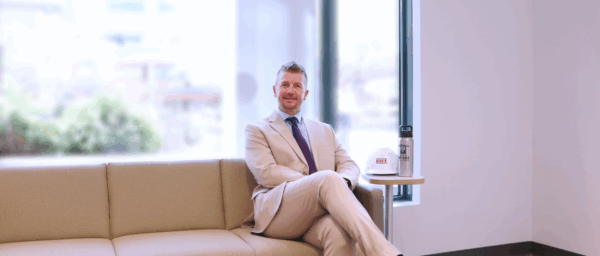
June 23, 2025 | Articles
Ready, Set, Grow: First VP Chad Koelling Takes Charge of Hill’s Mountain West Region
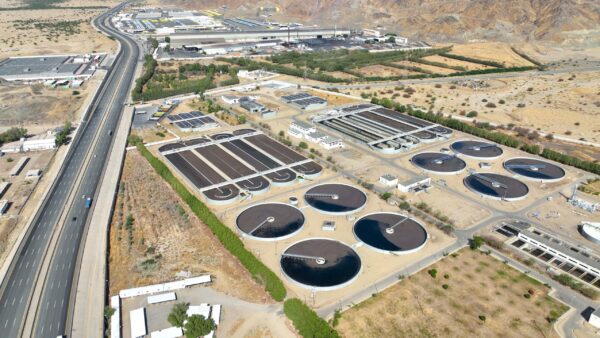
June 8, 2025 | Articles
PMO in Saudi Arabia: The Holistic Approach to Realizing a National Mega-Portfolio
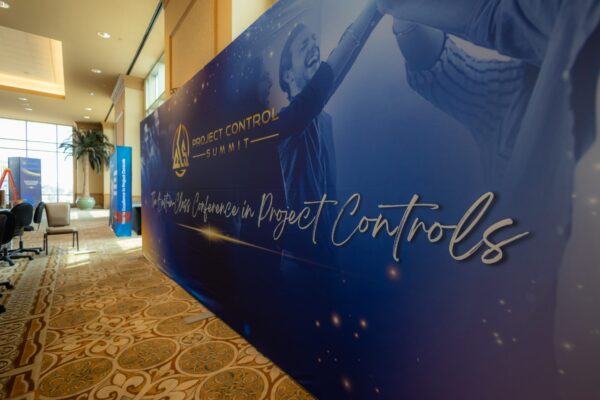
June 1, 2025 | Articles

May 26, 2025 | Articles
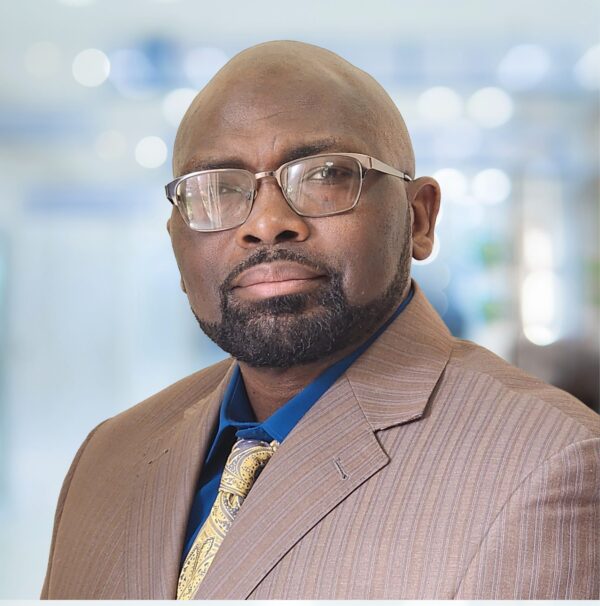
May 12, 2025 | Articles
Keeping Your Water/Wastewater Programs Flowing with Public Relations
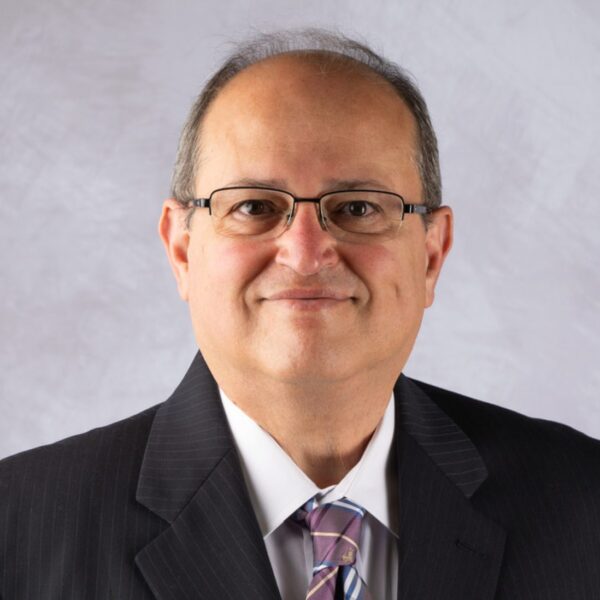
April 27, 2025 | Articles
Oiling the Machine: Steps to Successful Permitting on Infrastructure Megaprojects

April 20, 2025 | Articles
Sustainable Scaling: Solutions for Managing Risk on Europe’s Data Center Projects